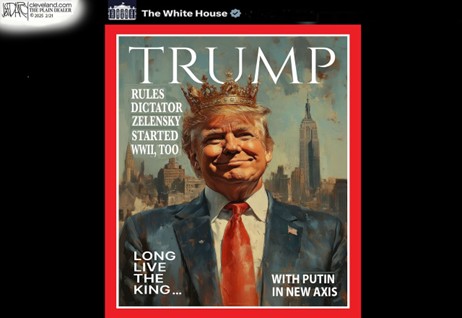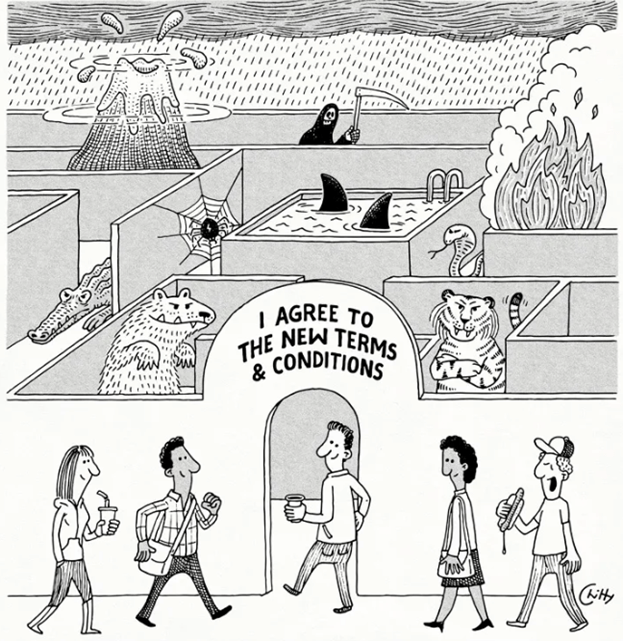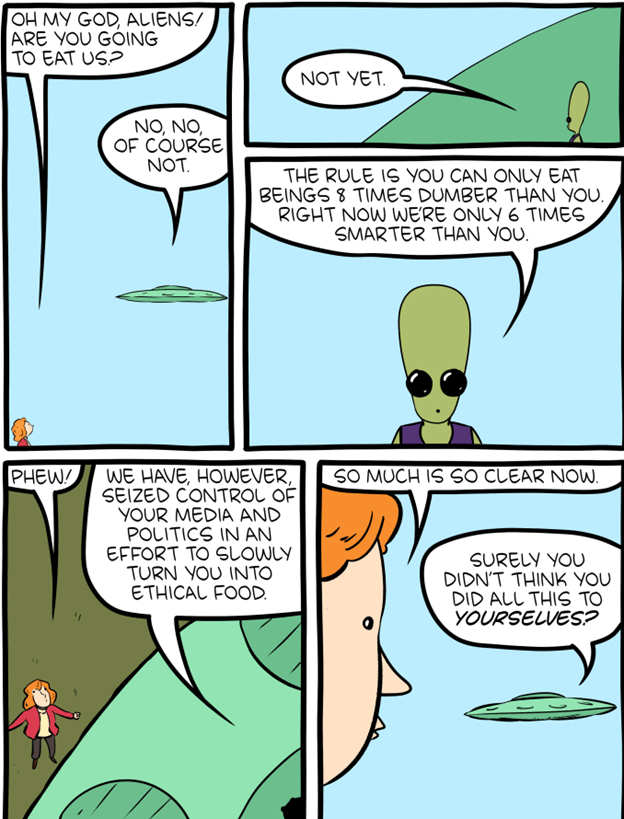
16 Aug Change Has Come to America
“It’s paradigm-shifting ‘Trump Change.’” – The Lonely Realist
Matt Levine wrote several months ago that “the current economic policy of the United States is apparently to cause maximum chaos by announcing drastic changes in the global economic order in the morning and then walking them back at lunchtime.” That was true then, but it is not true now. The Trumpian playbook no longer embraces the wholesale “walking back” of changes. Critics’ mocking use of the TACO label – Trump Always Chickens Out – was a wake-up call for the President. His response has been to double down on making changes but, instead of promptly walking them back, delaying their effective dates. He has coupled those changes with increased Trumpian rhetoric attacking countries, industries, corporations and individuals from whom he expects hopes to extract economic and military concessions, especially from those who have crossed a Trumpian line.
During the 2024 campaign, Donald Trump made it clear that his Administration’s policies would be driven by transactionalism – by applying the Art of the Deal. What is now clear is that those policies abandon pre-existing American and international political, economic and military norms. The Trumpian policies of 2025 are a reversal sea change from 80 years of American policymaking and global practice. They constantly challenge the global order and the American status quo. The Trump Administration’s policies sharply contrast with prior American administrations by placing little value on alliances to cement relationships, ensure geopolitical and economic stability, and counter the military, economic and political influence of America’s enemies. American policy today no longer is focused on leading a global consensus or working with like-minded nations. It is starkly unilateral and “America First.” The consequence is that it creates new levels of instability that challenge the rational conduct of international and domestic relations.
President Trump vowed to be the apex disrupter. He is succeeding.
The President has imposed a 50% tariff on imports of copper products (as well as of steel and aluminum). His goal is to increase domestic copper refining which currently occurs (with significant adverse environmental consequences) in other countries, primarily China. American-based refineries would require additional steps by Federal and local governments to (i) accelerate the permitting of new facilities, (ii) enact tax credits to encourage the construction of smelters, and (iii) ban the export of copper scrap, a large volume of which goes to China…, none of which is in process or likely to happen. In short, the copper, steel and aluminum tariffs are inflationary highly disruptive and, even without NIMBY opposition, onshoring refinery capacity would take further significant action and many many years of effort. Industry experts agree that “tariffs alone will not increase U.S. production [of copper, steel or aluminum]…. We also need consistent, predictable trade and tariff policy to plan for current and future investment.”
The copper, steel and aluminum tariffs are in addition to baseline tariffs of 10% and retribution tariffs of up to 50%, including on products from Canada, Brazil and India. The current level of Trump tariffs is likely to raise ~$2.3 trillion in revenue over the next 10 years, which is a good thing (though the tariffs also will reduce U.S. GDP by 0.9 percent (assuming no foreign retaliation)). With U.S. debt and deficits an increasing concern, additional tariff revenue is most welcome. However, excessive Federal spending is virtually untouched by otherwise onerously disruptive Trump Changes. One observer has noted that “only a quarter ago DOGE was a large topic of discussion. It has subsequently become clear that President Trump was not seriously interested in making significant budget cuts to improve the country’s fiscal situation. [Elon Musk,] the charismatic former head of DOGE, who seemed genuinely concerned about the country’s deficits, completely failed and returned to the private sector. This confirms that U.S. political leadership (on a bipartisan basis) has no interest in addressing the problem until an actual crisis forces its hand.” The President hopes to delay that crisis through incentives for AI and by making America “the crypto capital of the world.” It is unclear whether the effects of combined AI transformative change and disruptive Trumpian policy-making will can actually do so.
Trumpian Change was foretold by Project 2025. The One Big Beautiful Bill deleted clean energy incentives and added fossil fuel ones. It eliminated most of the Inflation Reduction Act’s clean energy tax credits and divorced American energy policy from the policies of the other G7 nations (thereby ceding climate change/green energy manufacturing to China others). Federal support has been cut for science and medical research, visas for foreign students, foreign health services, foreign information services, NGOs, NASA missions, vaccines, vaccine research (per Stephen Colbert, “bad news for fans of living”), and higher education, among a host of others (the cumulative effect of which has disrupted the currency markets and weakened the Dollar). Although the impact of these cuts to recipients is significant, savings from the combined DOGE and agency spending cuts have had no significant impact on America’s spending and deficits.
Trump Change also is manifest in his embrace of Statism, evidenced by the terms he imposed on the merger of Nippon Steel and US Steel, his suspension of Congressionally-mandated TikTok divestiture, his challenges to Federal Reserve independence, his price-setting demands for pharmaceuticals, the Federal take-over of Washington, D.C., his arrangement with Nvidia and AMD for the U.S. to receive 15% of their China AI chip sales, and his replacing of BLS Commissioner Erika McEntarfer because of July’s unexpectedly weak jobs report (initial BLS numbers have long been recognized as estimates because they are based on weak data collection; it now is likely that BLS numbers with respect to employment and CPI numbers will be “more managed”). Trumpian foreign policy change can be seen in the President’s approach to the EU, Ukraine and Russia, his imposition of tariffs on allies, his retreat from the 145% tariffs he initially imposed on China (and by China’s rare earth retaliation and the President’s response to that retaliation), and his bombing of Iran’s nuclear facilities. Additional changes of all kinds await.
Global imbalances, hot and cold wars, pervasive global debt, and the cumulation of Trumpian disruptions provide the backdrop for increasing chaos change. The hope is that the combination of enormously disruptive AI transformation and a cryptocurrency renaissance will result in productivity improvements (including through hoped-for breakthroughs in artificial general intelligence) that will result in worldwide economic growth and increased physical and mental well-being. Change indeed has come and will continue coming…, and not only to America.
Finally (from a good friend)





No Comments